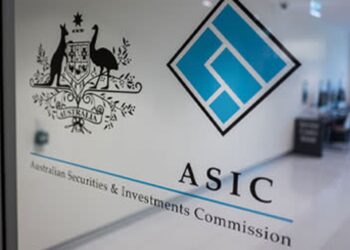Net assets per adviser have more than doubled from $22.55 million in the first quarter of 2019 to $51.13 million at the end of March this year, new figures from Wealth Data have revealed.
The figures, collated on the basis of data received from the Australian Taxation Office (ATO) and the Australian Securities and Investments Commission (ASIC), have confirmed the substantial workload increase a shrinking industry is grappling with.
Namely, according to Wealth Data, self-managed superannuation funds (SMSFs) per adviser have increased from a low of 20.53 in the first three months of 2019 to 36.21 at the end of March this year.
This, Wealth Data said, portrays the myriad of issues arising out of a diminishing number of advisers.
Moreover, the professional services firm revealed that while SMSF client assets per adviser have doubled, the number of SMSFs have not changed significantly. In fact, compared to March 2019, the number of SMSFs has only increased by 29,304 to 605,469.
Over the same period, the number of advisers has fallen from 26,939 to 16,722.
Commenting on the findings, Wealth Data’s Colin Williams said: “We appreciate that not every SMSF has an adviser and not every adviser works with SMSF clients.”
“The stats simply highlight the growing number of SMSFs that will potentially require the support of an adviser,” Mr Williams explained.
“The stats clearly indicating that existing advisers to naturally increase their market share of SMSF clients as the total number of advisers continue to decline.”
Call for SMSF advisers to complete specialist education
In its recent submission to the Quality of Advice Review submission, the SMSF Association called for specialist training for professionals providing SMSF advice, noting that it is “critical” to ensure the health of the sector.
The peak body stressed that – in line with the Productivity Commission’s 2018 Superannuation report, FASEA’s Financial Planners & Advisers Code of Ethics 2019 Guide and ASIC’s Report 575 – SMSF advisers should be required to complete specialist education.
“An approved course or accreditation must be completed, and appropriate ongoing professional development maintained to retain that certification or accreditation,” SMSF Association John Maroney said.
“We believe requiring advisers to have specialist advice competencies in certain areas is important to lift the professionalism and integrity of the advice industry.”
According to the SMSF Associations own research, 63 per cent of SMSFs were established on the back of a suggestion by a financial adviser, while 81 per cent of SMSFs use some form of adviser.
“If members and trustees do not understand their obligations and the time required to manage an SMSF, this can not only result in severe penalties and sanctions, but a lack of effective engagement and management causing significant financial detriment,” he said.




I don’t see the connection or the relevance. SMSFs are intended for people who don’t need advice. They just need accountants to do the admin and tax work. If SMSF members need a financial adviser, they shouldn’t be in an SMSF.
Wow i didn’t realise this level of ignorance was floating around the industry still.